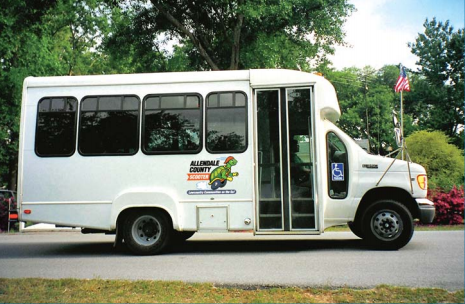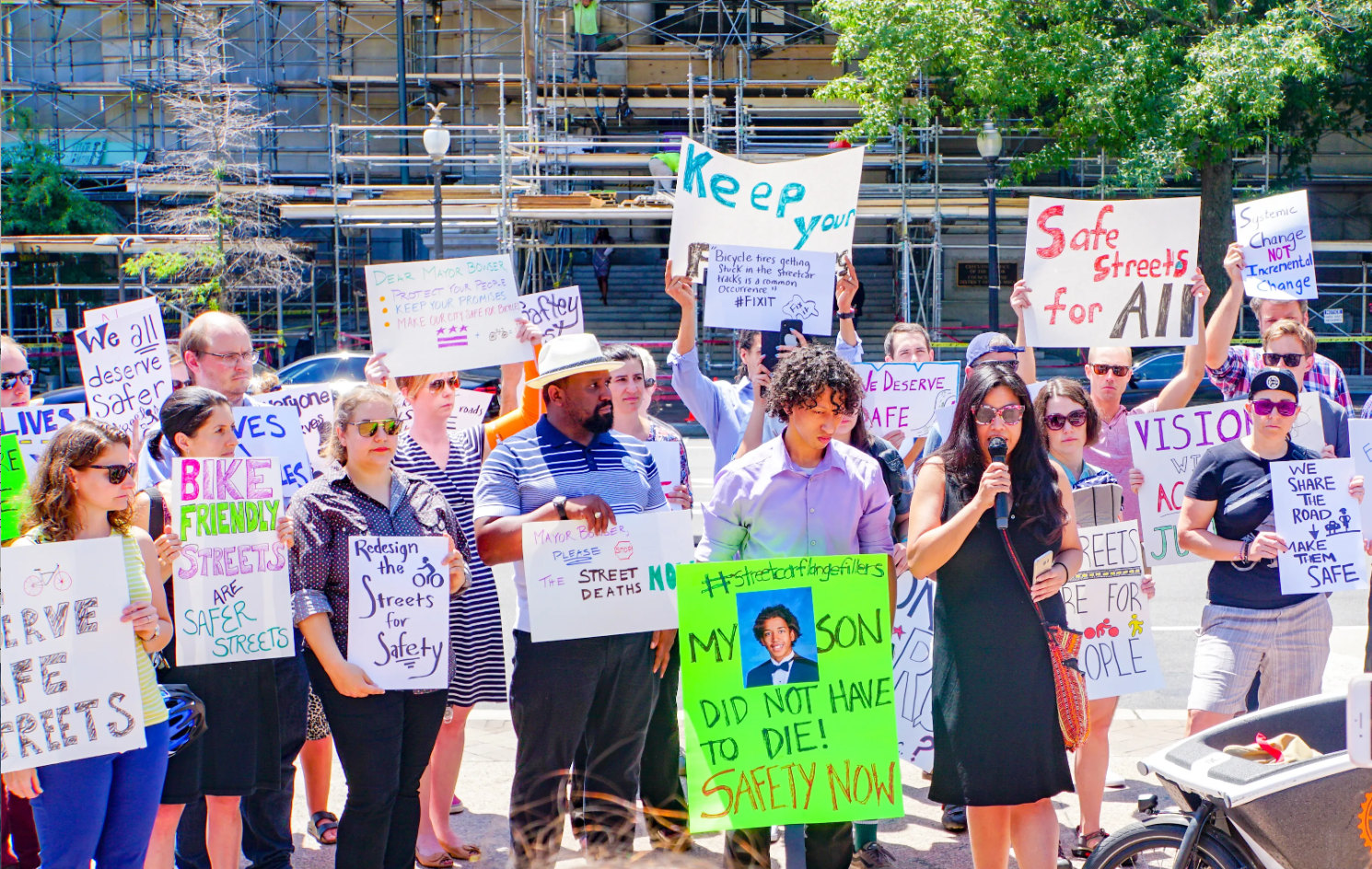Transit in rural areas is tricky. Folks need to go farther, the passengers are more dispersed, and there's less money to go around.

But that doesn't make it any less necessary. On the contrary, according to a new report from Reconnecting America [PDF], nearly 40 percent of the United States' transit-dependent population -- including senior citizens, the disabled and low-income individuals -- lives in rural areas.
There are 1,358 transit agencies working hard to serve these people. But they operate much differently than urban transit providers. Only 31 percent of rural transit operators use fixed-route service. Meanwhile, 86 percent provide demand-response service, which operates much more like a public taxi service than a big-city bus.
Despite the challenges, investment in rural transit is improving, Reconnecting America reports, and communities that prioritize services are seeing economic results.
Consider Allendale County, South Carolina. "Do more with the same" should be this county's motto. In 2003, Allendale County leaders came together to solve a vexing mobility problem: a finely dispersed population with a staggering 28 percent poverty rate. They discovered that the county was already running a number of fragmented transit services -- those that served only the disabled, for example, or Medicaid recipients in need of healthcare services.
From the report:
Allendale’s Regional Transit Authority agreed to station a “mobility manager” in Allendale to implement this project. The mobility manager would match residents with available seats on existing vehicles operated by agencies in the region, depending on the destination of the resident. For passengers who needed to reach destinations that were not along a scheduled route, participating agencies would transport them on their demand-response vehicles, agreeing on a common per passenger mile rate for transporting the general public on these seats.
Funding for the project came from sources such as South Carolina University Transportation Center, Sisters of Charity, Allendale County, Allendale Alive, a non-profit rural development organization, the South Carolina Department of Transportation, and the LSCOG [Lower Savannah Council of Governments]. LSCOG also coordinated FTA Section 5310 Elderly and Disabled program funds with providers including aging services, the disability board, the rural health center, and the Medicaid transit providers. Whereas previously all of those providers operated their services separately, often with excess capacity on their vehicles, under the new system those seats would be in use by residents who otherwise might have no means of accessing employment, educational opportunities, or medical services.
As a result, Allendale County's transit providers were able to serve far more people. According to Reconnecting America, prior to the launch of Scooter -- the county's coordinated transit service -- local agencies were providing about 113 trips per month. Following the implementation of the system, that figure rose to 871. Furthermore, 44 percent of those riders were using the system to travel daily to work.
That's one example of how rural transit systems can be an economic catalyst and an important community service. But more examples can be found in the full report [PDF]. What all the success stories have in common is coordination -- between metropolitan planning organizations, area agencies serving the elderly, healthcare providers and other stakeholders. The other thing they share is an understanding of local travel patterns. Do work trips cluster around centralized employment centers? Or are Main Street retail destinations a more magnetic draw? Are riders and destinations so dispersed that fixed-route service does not make sense?
As in Allendale County, many rural areas must piece together funding from the federal government and local institutions -- even volunteer service is an important resource. (In Maine during 2011, volunteer drivers donated $16 million worth of services, according to the report.)
In some ways though, rural areas are just like urban ones. Reconnecting America had this advice for small-town communities: "It is particularly important for those with responsibility for transportation and those with responsibility for land use to be coordinating their efforts to ensure that the transit investment can be integrated into the future vision for the community."





